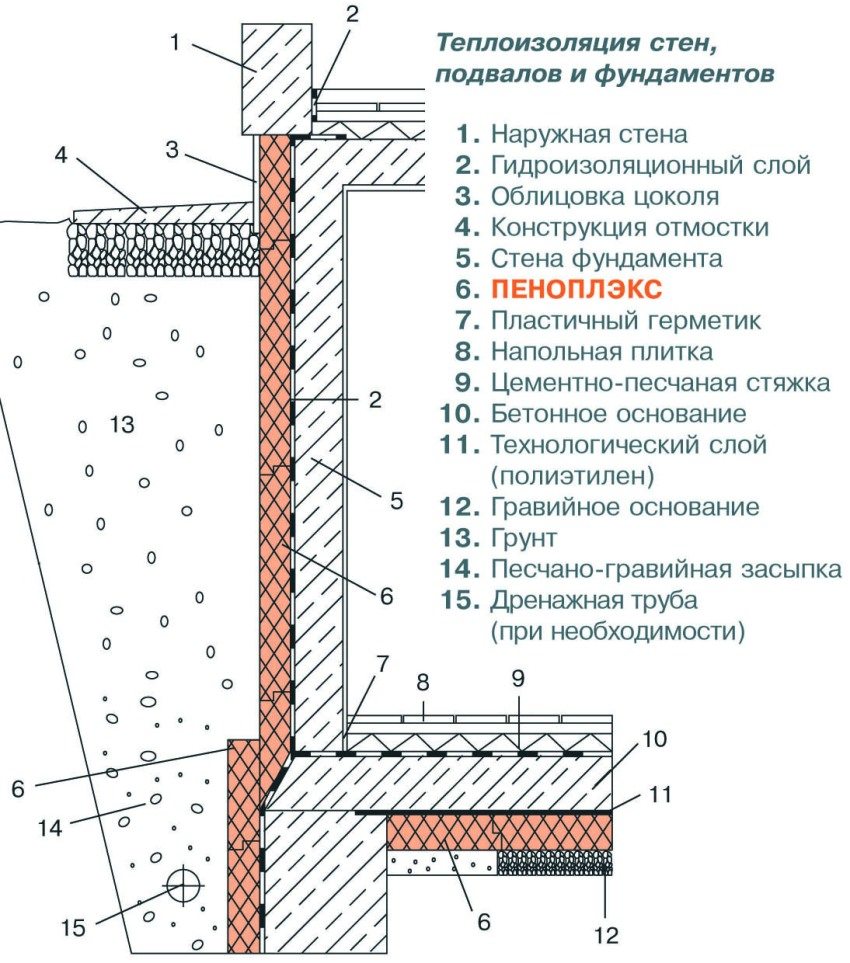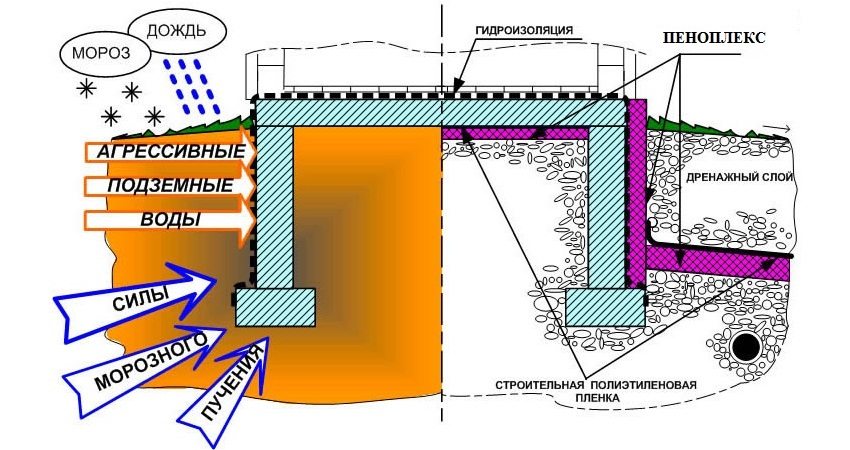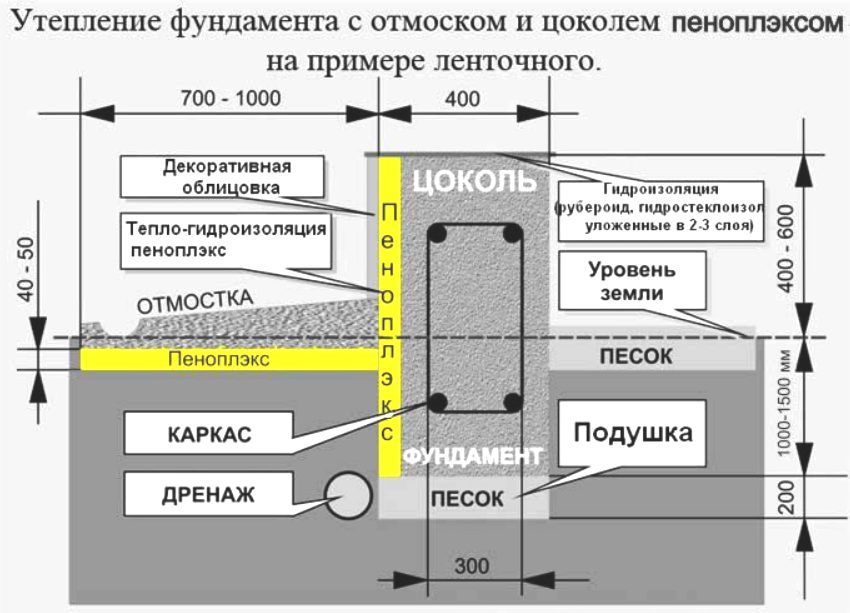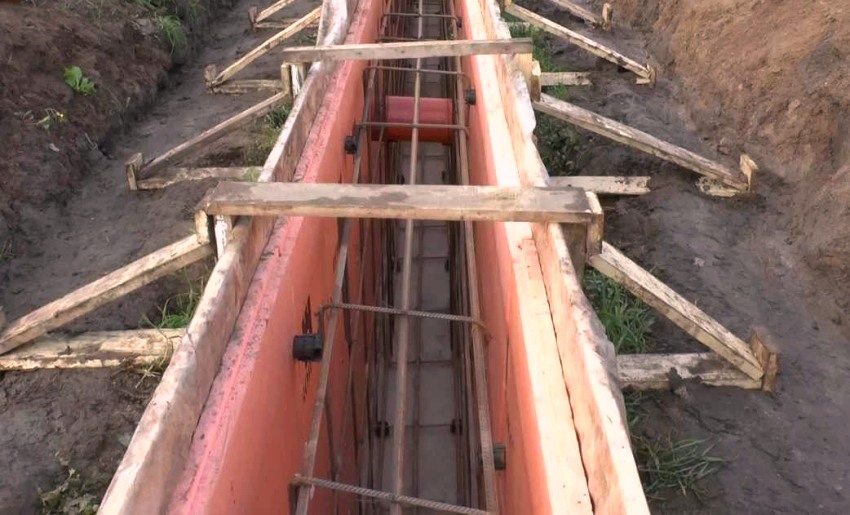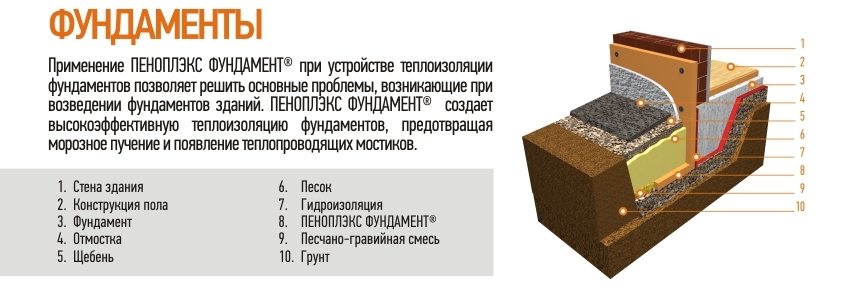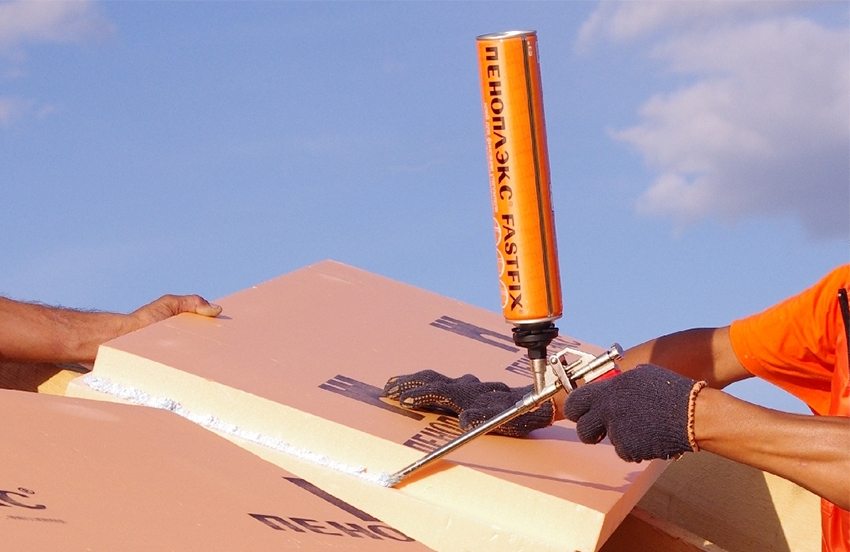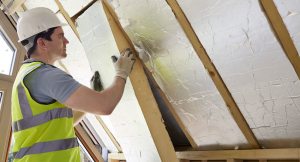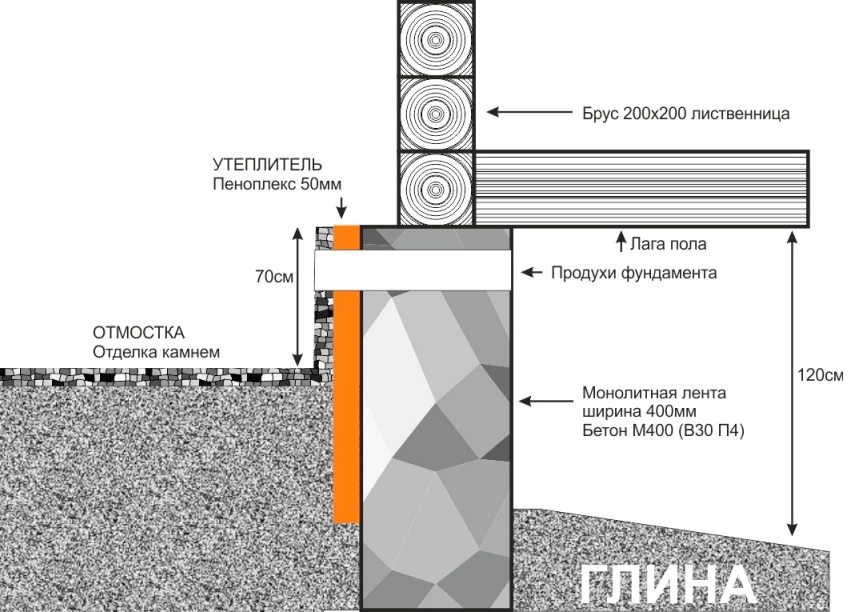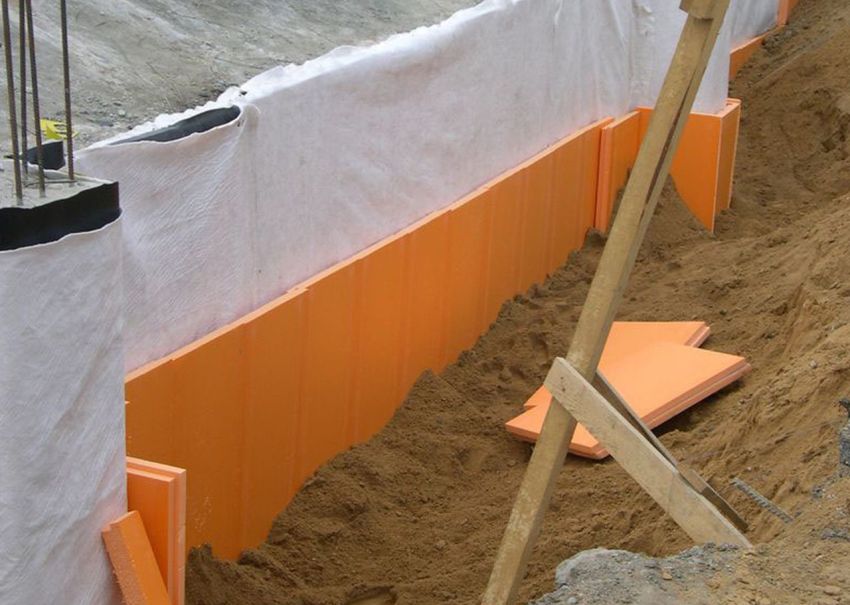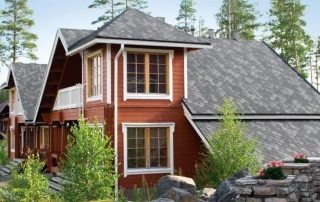Effective technologies for warming the foundation with penoplex can significantly reduce heat loss during their use. Extruded polystyrene foam (penoplex), due to its cellular structure, has a low level of thermal conductivity. At the same time, unlike its counterpart - foam plastic, it has sufficient density and strength. These properties have led to its widespread use in various thermal insulation works.
Content [Hide]
Penoplex foundation insulation technologies
Foundation any building and structure in the course of heat-insulating work needs to be equipped with thermal protection no less than other structural elements. There are several different technologies for warming the foundation with extruded polystyrene foam:
- Thermal insulation of the strip foundation in the vertical direction. Such heat protection is done on external surfaces. Penoplex boards are glued to the walls with a special glue based on cement and polymers. On the base, they are attached with dowels with wide caps.
- Insulation of the base of the foundation in the horizontal direction. This protects the foundation from freezing from below. The slabs are laid before the start of construction on a bed of slab or strip foundationwith a slight deepening.
- Installation of thermal protection of the soil itself around the entire building. In this case, a blind area with the help of foam boards, on top of which a concrete screed is made. This method is especially good on highly heaving soils, as it effectively protects buildings from deformation during frost heaving.
Helpful advice! If the foundation has yet to be poured, but it is already clear that it will not be deep, it is necessary to carry out horizontal insulation with penoplex. This will create good thermal protection already at the initial stage of construction.
Vertical insulation method
Before insulating the foundation of the house outside with your own hands using the vertical method, it is necessary to prepare the surface of not only the walls, but also the basement with the foundation. Only after completing this, you can proceed with the installation of thermal insulation. All work is carried out in several stages:
- all contamination is removed from the surface of the foundation. Large irregularities are leveled with a cement composition, after which they make waterproofing any lubricant that must be water-based. You cannot use mastics from organic solvents, since they easily destroy and completely dissolve penoplex;
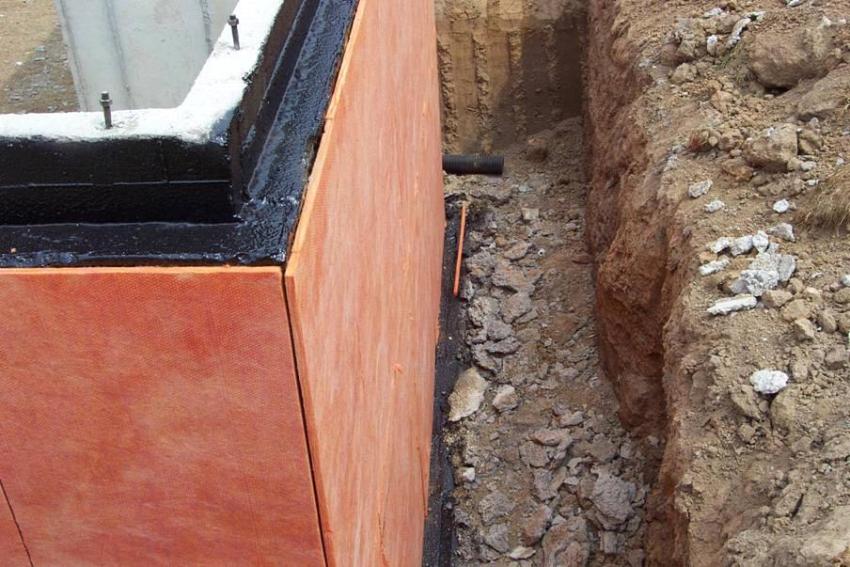
Vertical method insulation of the foundation
- the glue is diluted in the required proportions strictly according to the instructions printed on the package. Then it must be mixed very thoroughly and left to ripen;
- along the entire length of the foundation, using a level, mark the lower edge along which the slabs will be laid. If, because of the unevenness of the relief, this line somewhere goes into the ground - there is nothing wrong with that. You can simply dig the foundation to the desired depth;
- after that, glue is applied to the foam board. Press the slab with force to the desired place on the foundation and set it to a level. All subsequent plates are glued in the same way, not forgetting to tightly align the mounting grooves;
- There is no need to glue the slabs underground to the walls of the foundation. They will be pressed against it with sufficient force. Penoplex must be attached to the base with special dowels, similar to long thick nails with large plastic caps. The metal tip is located inside the plastic sleeve. With the help of a drill and a drill, holes are drilled in the slabs, deepening the drill 4 cm into the concrete. Then dowels are driven into them so that the caps do not rise above the surface of the plate;
- finishing the foundation can be done with any finishing material. If it is plaster or tile, it is necessary to provide for the use of reinforcing mesh.
Useful advice! In harsh climatic conditions, two or more layers of foam should be applied to the foundation. Do this in a checkerboard pattern with overlapping joints. This technology significantly increases thermal protection.
Insulation of slab and strip foundation from below
The technology of basement insulation with foam from below is used for slab and shallow strip foundations. For this, plates with a thickness of 5 - 10 cm are used.The sequence of work is as follows:
- marking the site for the foundation and removing the top layer to the required depth. The bottom of the trench must be flat. This can only be achieved with manual digging of the last 30 cm. Then a thin layer of sand (5 - 7 cm) is placed on the bottom and compacted strongly;
- installation of temporary formwork and preparation of a concrete base (3 - 5 cm), without reinforcement. Waiting for complete concrete hardening;
- laying foam-plastic slabs on top of a concrete base. It is necessary to clearly align the mounting slots so that there are no gaps;
- laying waterproofing on top of penoplex. It can be made from a thick plastic film, the joints of which must be glued with tape. In addition to the waterproofing effect, it creates conditions for retaining liquid concrete that cannot flow through the slabs;
- pouring and reinforcing the foundation over the slabs. After it has solidified and the formwork is disassembled, the side walls must also be insulated. The technology of warming the basement with penoplex using this method is used only in new construction.
Useful advice! For more effective protection against freezing, it is recommended to make a drainage system around the entire structure. To do this, at a distance of 60 cm from the walls of the foundation, a trench is dug into which drainage pipes are laid.
Insulation of the soil around the house with penoplex
This technique is often used by experienced builders to significantly reduce the depth of the foundation by creating an insulated space around it. At the same time, there is a serious saving in the cost of the foundation device. The technology of insulation of the foundation with penoplex covering the adjacent territory is as follows:
- vertical external thermal insulation of the foundation is carried out, after which it is covered with sand and gravel below the zero mark by 15 cm. Then formwork is made around the entire perimeter 1 meter wide from the walls. Its height does not exceed 30 cm;
- carefully tamp and equalize the bottom of the blind area, after which foam plates are laid over the entire surface. The joints between them are made into grooves and very carefully glued with glue;
- a waterproofing film is laid on them with an overlap on the walls of the foundation and the formwork is poured with concrete. Instead of special films, you can use polyethylene, but you need to know that polyethylene can lose its integrity over time.
Helpful advice! When pouring concrete onto the blind area, it is necessary to maintain a slight slope away from the house. This will allow water to drain freely away from the foundation.
The finishing of the formwork can be done with tiles, decorative stones or any other material.
How to insulate the foundation of a house outside with your own hands is most effective
Having considered three different methods of insulating the foundation of a house with the help of penoplex, you can develop an integrated approach that allows you to insulate the foundation of a house from the outside with your own hands. How can this be done most efficiently? You just need to combine all methods in one construction.
Related article:
|
At the initial stage of the construction of the house, horizontal foam insulation of the foundation cushion is carried out. After the completion of the main construction work, a drainage system is arranged around the perimeter of the entire house with water drainage away from the foundation. Then, by the method of horizontal insulation, the walls, basement and side surfaces are insulated. The final touch is soil insulation near the house.
How to insulate the foundation of a house from the outside with your own hands is most effective using foam boards? The answer suggests itself. The complex of all the above measures will prevent freezing of the foundation itself and the soil near and under it. In addition, it will eliminate temperature drops inside and outside, which will not allow condensation to form. This, in turn, reduces the humidity in the basement, creating a favorable microclimate throughout the house and dramatically extending its life.
The solution to the issue of thermal protection of a building is one of the fundamental points during construction. The comfort of living in the house depends on how competently this issue is resolved.

